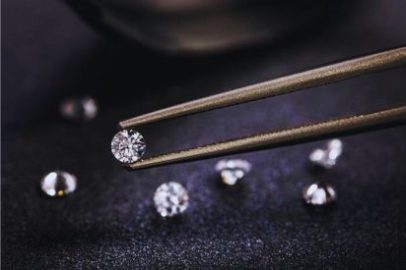Manmade diamonds entered the market with a very unfortunate reputation as imitations of natural diamonds. This failed to inspire confidence in the idea as a whole, like any small-scale scam. But a lot has changed recently.
When launching Lightbox, De Beers had two simple goals.
The first was to create a reputation for lab diamonds at the level of rhinestones: fashionable, cheap, not serious. And the second, much more important, was to lower their value.
The second goal was achieved quite quickly – within six months, prices for lab diamonds were hovering around 50% of the market for natural diamonds. After another six months, however, the prices of natural stones also began to fall – the over-saturation of the market has never produced a different result, and for most consumers the issue of price turned out to be much more important than all the marketing hype about “real is rare”. Moreover, it turned out that consumers are also interested in large stones, especially colored ones, first of all in price and then in naturalness, environmental friendliness and other claims.
The only disadvantage is that the reputation of laboratory stones is still not excellent. They are good enough to buy and wear, but not yet interesting enough to admit with pride.
Also Read: Why Should You Have More than One Saving Account?

